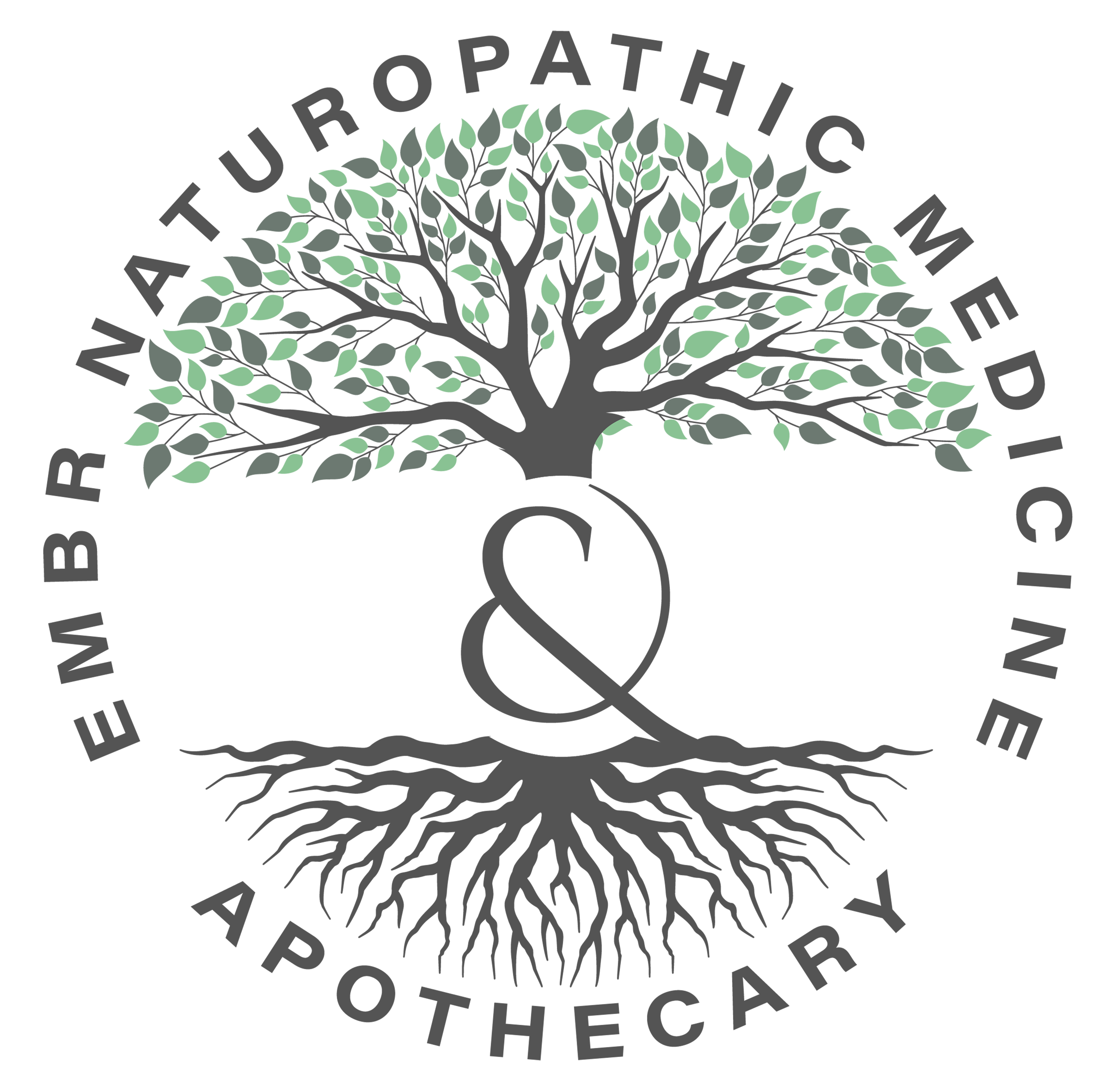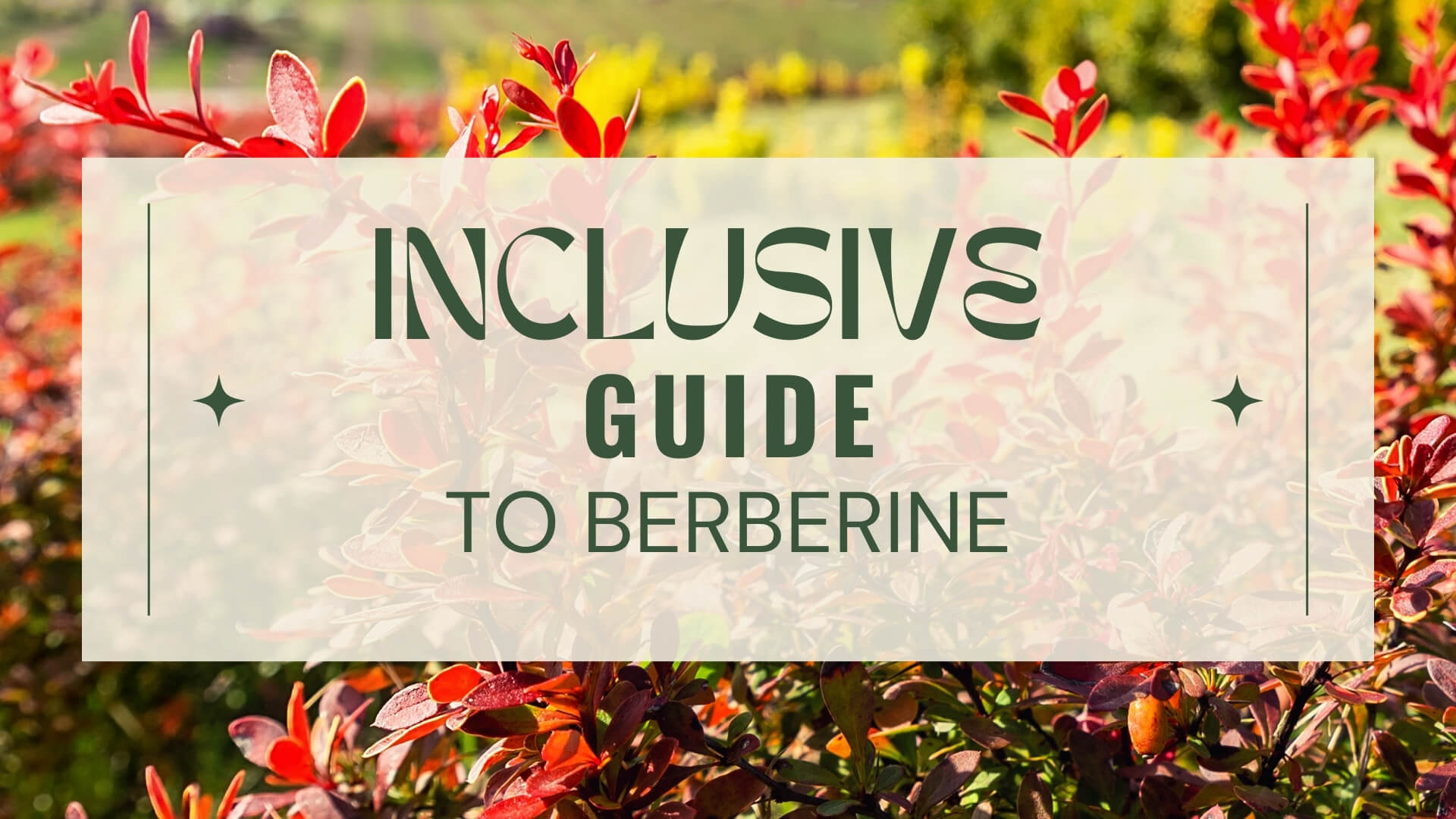What is Berberine?
Berberine is a chemical compound that is found in nature. There are a number of plants that contain the chemical constituent berberine. Although berberine has a myriad of widespread benefits and uses, it is also important to keep in mind the potential risks and adverse side effects, as well. Below are some researched facts about Berberine.
Which Plants / Herbs Contain Berberine?
- Hydrastis canadensis (Goldenseal)
- Berberis vulgaris (Barberry)
- Mahonia aquafolium (Oregon Grape)
- Coptis chinensis (Goldenthread)
- Phellodendron amurense (Amur Cork Tree)
Berberine’s Actions:
- Antiparasitic (effective at killing parasites)
- Antibacterial / Antimicrobial / Antiseptic (effective at killing bacteria)
- Antifungal (effective at killing fungi / yeast)
- Anti-Pili Adhesion (inhibits bacteria from adhering to mucosal membranes)
- Antibiotic & Chemotherapy Resistance Reversal Agent (helps to improve effectiveness of antibiotics and chemotherapeutic agents)
- Anti-Inflammatory (inhibits the inflammatory chemical cascade)
- Insulin Sensitizing (enhances the binding of insulin to cell receptors and improves glucose tolerance)
Medicinal Uses:
- Small Intestinal Bacterial and/or Fungal Overgrowth (SIBO / SIFO)
- Intestinal parasites
- Metabolic Syndrome
- Non-Alcoholic Steatohepatitis (NASH) / Fatty Liver Disease
- Pre-Diabetes / Diabetes / Impaired Glucose Tolerance
- Inflammation / Overactive Immune Function
- Dyslipidemia / Improving Lipid Metabolism
Risks / Potential Side Effects:
- Stomach upset / nausea / vomiting
- Suppression of immune function
- Disruption of normal intestinal microbial flora
- Potential for antimicrobial resistance with GI bugs when use is continuous & prolonged
Respect for Nature:
It is always important to keep in mind not only the potential negative impacts to our own health from any type of herbal medicine or plant, but to also consider the potential harm to the plant, as well. What plant part is being harvested for medicinal use (e.g. bark, root, leaves, flowers), and if the more essential plant parts are required, then are these parts being harvested sustainably (i.e. harvesting-to-replanting ratio)? We never want to forget to lead with respect whenever we are interacting with Mother Nature; after all, the more tender loving care that we breathe into our planet and the plants that grow on Earth, the greater the Healing Power of Nature and the plant-healing power will be.
Works Cited:
- https://www.ncbi.nlm.nih.gov/pmc/articles/PMC8874997/
- https://www.ncbi.nlm.nih.gov/pmc/articles/PMC8107691/
- https://www.ncbi.nlm.nih.gov/pmc/articles/PMC5478784/
- https://pubmed.ncbi.nlm.nih.gov/3286870/
- https://pubmed.ncbi.nlm.nih.gov/16079488/
- https://pubmed.ncbi.nlm.nih.gov/15066220/
- https://www.ncbi.nlm.nih.gov/pmc/articles/PMC9459907/

